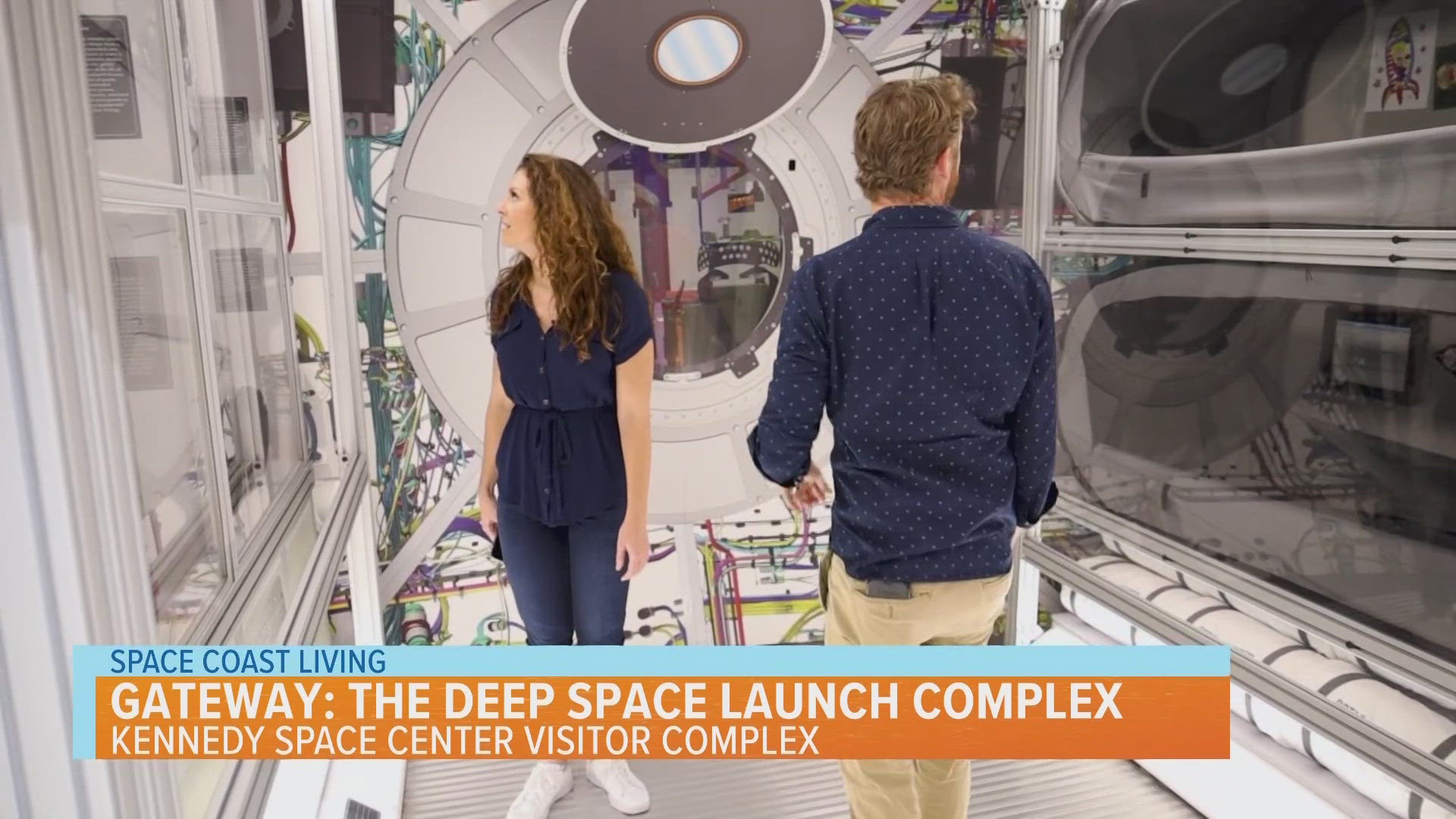CAPE CANAVERAL, Fla. — After enduring years of delays and setbacks, the Boeing Starliner spacecraft is finally poised for its maiden voyage with a crew.
Scheduled to launch on Monday from Cape Canaveral, this mission marks the first time the spacecraft will carry a manned crew.
Propelled by the Atlas V rocket, liftoff is expected at 10:34 p.m. Dubbed the crew test flight, this mission will see the Starliner docking with the International Space Station before returning to Earth, with a planned landing in the Western United States.
This milestone event represents only the sixth time in history that NASA astronauts will embark on a new spacecraft. Previous instances include the Mercury, Gemini, Apollo with the Saturn V Rocket, the Space Shuttle, and the SpaceX Dragon Capsule.
Now, the Starliner joins this esteemed lineage. Starliner's two main pieces are the crew module and service module, and the crew module is intended to be reused on 10 missions.
The Starliner capsule, which has already ventured into space twice in 2019 and 2022, is now tasked with transporting its first human passengers. Among them are veteran NASA astronauts Butch Wilmore and Suni Williams, both retired U.S. Navy captains with extensive experience aboard the ISS.
The Boeing Starliner launch has faced numerous delays due to a combination of technical issues, regulatory requirements, and unexpected challenges during the spacecraft's development and testing phases. This include testing complications, quality control concerns and supply chain issues.
Curious how the weather can impact a launch, we discuss it here.
Looking ahead, Boeing is positioned for a series of six additional flights with NASA through 2030, all destined for the International Space Station.
The previous launches of Starliner aboard the Atlas V rocket were visible from the First Coast. With one in 2019 creating squid effect on the image below. You can read more on that here.



